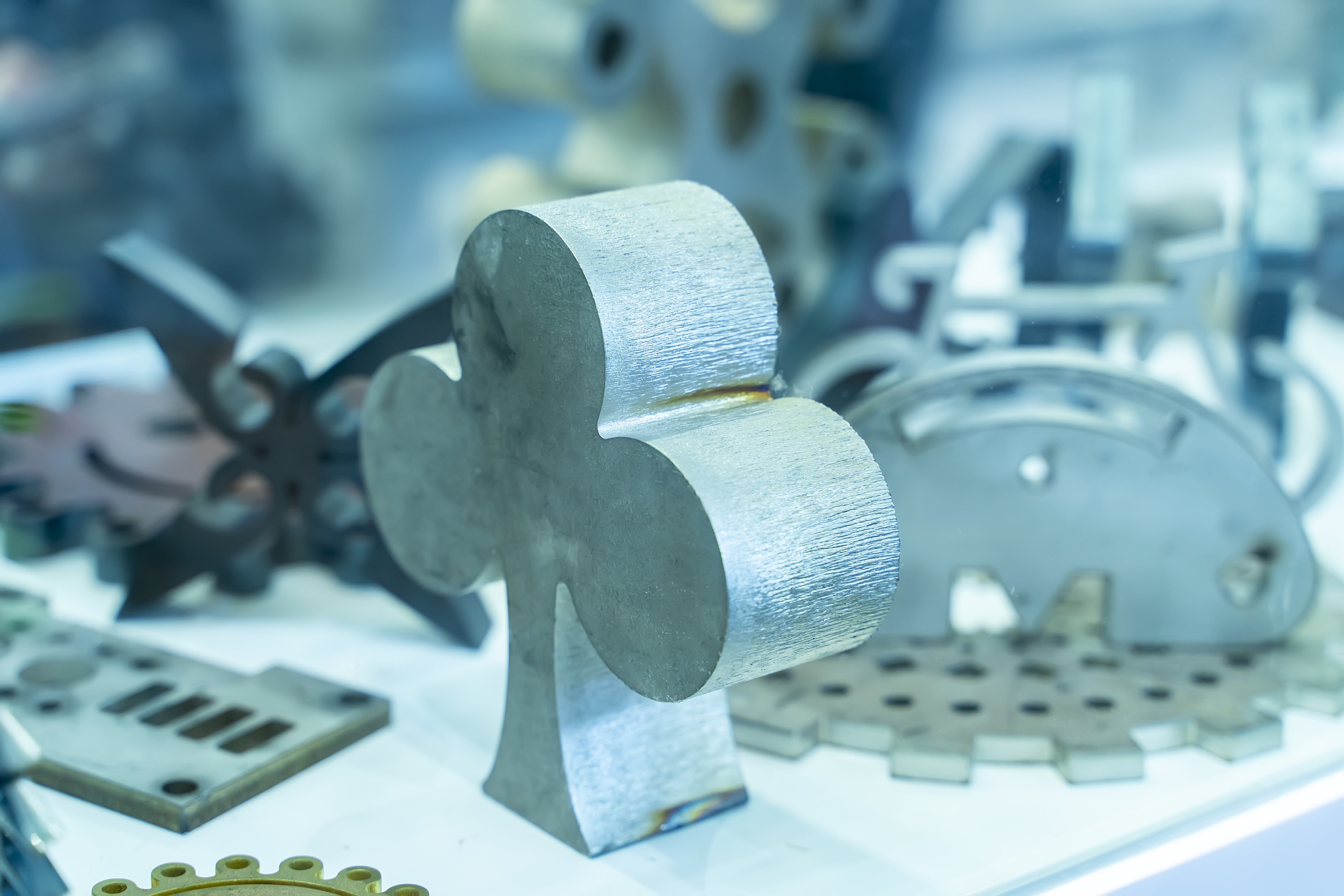 The die casting process has been researched and systematically quantified in the last few years.
The die casting process has been researched and systematically quantified in the last few years.
There are a lot of different aspects to consider in the custom die casting design process.
So, how can you ensure that the product design process warrants both aesthetic and mechanical requirements?
Here in this article, we discuss some of the critical design decision steps in the die casting process that help you in long-term product planning.
Coordinating Material Properties
The material used in die casting is precisely formulated — offer the mechanical properties of medium-strength metals. The engineers make sure that they’re strong and rigid before they can be employed in the die casting process.
Designing for proper strength in a product depends on two factors: the strength of the material selected, and the configuration required for the part. Die casting alloys offer a wide range of cast material strengths. The designer can also develop sufficient strength in critical features by providing adequate wall thickness.
If you require additional strength, you can reinforce features such as ribs, flanges or locally thicken sections for accurate computation and precise castings. The product designer can also create incredibly intricate contours, and if strength is not a crucial requirement, you can produce rigid components with ultra-thin walls.
Optimizing Cast Features
The features required in a cast part determine the complexity of the design process — also, the simpler the part, the lower the cost of the die casting tool.
Different factors influence castability and die costs. Are wall thicknesses as well as the ribs constant, or do they vary greatly? Will any thin channels on the design create thin standing slivers of steel on the die?
You must understand the specifications in detail for the proper design — whether production tooling, pressure tightness, secondary machining and surface. Customers should be prepared to discuss some questions at the earliest planning meetings. Like, the areas of the casting — are they subject to machining. The die can be designed to reduce to an absolute minimum the presence of porosity in those areas. Next, the cosmetic surface requirements for the casting — does it requires special finishing of the cavities of the die?
Minimizing Part Porosity
In die casting, the high metal velocities and pressures that are used to achieve the fine product detail, cosmetic surfaces and high cycle rates —result in some internal porosity.
You can minimize porosity with early planning in the design of the die-cast part. If porosity in specific areas can impact product function, it should be clearly outlined before die design and construction begins. Also, zero porosity is virtually impossible to achieve.
You can reduce potential porosity problems by acceptable modifications in part designs. The engineers can utilize mold flow simulation, optimized gating and overflow design, die design, and sophisticated process control to limit porosity to non-critical areas of the part.
Planning Post-Cast Machining
With machining, a minimum amount of material is removed to avoid penetrating the less dense portion below the “skin.” Provide an allowance to ensure clean-up for both the machining variables and the casting variables.
You should discuss all secondary machining requirements with your die-casting provider before die design. If consultation occurs early in the design of the part itself, the engineers can minimize the effect of tolerance accumulation and unnecessary machining.
You can go through a combination of minor part design revisions and special considerations in the design of the die. Some customers contract Simalex to perform secondary machining after die casting and deliver the part to size — here, lesser dimensional tolerances are possible.
At Simalex, our engineering staff are available to make your early design decisions the correct ones for product success. Companies like John Deere and Parker Hannifin request our Engineering team to sit with their designers and engineers regularly to give them ongoing feedback on new products and redesigns.
If you need any help with your die casting design, please contact our team.
Interested in getting a quote? Request a quote now!

